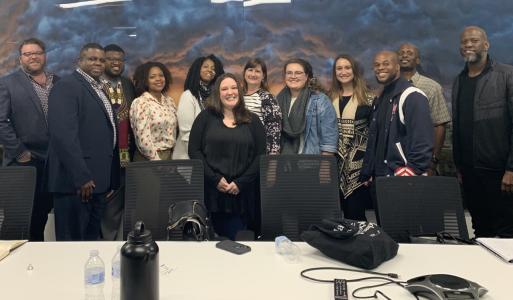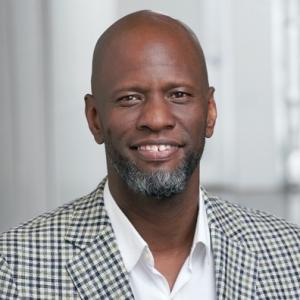
Dallas has historically been a tale of two cities: one Black and one white. This problem exists to this day, especially when it comes to the divide in education, policing, and housing. South and West Dallas contain the highest concentration of Black and Latinx citizens.
The schools in these areas have a well-known reputation for excessive use of disciplinary action, which results in suspensions, expulsions, and justice system referrals. When it comes to recommendations for disciplinary action, the Texas Education Agency (TEA) has given ‘absolute’ power to the teacher (per Education Code 37.002); this gives harmful leeway to teachers who: (1) have a preconceived idea of ‘who’ Black and Latinx students are, and (2) lack understanding or care for the social and cultural issues affecting their students. Also problematically, the Legislature recently removed the cap on the number of police officers that could be placed in schools, increasing the likelihood of student-police interactions.
When all of these factors are linked—and when considering the lack of restorative justice programming or other appropriate, substantive programming to help impacted students reintegrate back into their regular schools—the school-to-prison pipeline is perpetuated.
Our new Dallas-based initiative, Perception Equals Potential (P.E.P.) was created to identify and advance community-based solutions and improvements. We will promote the health and safety of youth and their schools, including through restorative programming, while simultaneously working to advance policy changes with far-reaching effects. Our long-term goal is to end over-policing and reduce the school-to-prison pipeline, especially in South and West Dallas schools.
The mission of Dallas ISD is to educate ALL students for success. However, we have identified practices that significantly reduce opportunities for success. In cases of school discipline, it has been proven that ‘more’ does not equate to ‘safer.’ In fact, more discipline has been proven to mean less success for the students impacted. The goal of education should be to empower our youth and give them the best chance at a bright future, not to shackle them.
The possibilities for youth and reform are endless. The onus lay with us—the schools, the educators, the community—to find and implement policies and practices that put youth on a productive, safe path. Changing the school culture to one of inclusion requires that we heal the past. We know what our past produces; we see it in the present system. Our future, our community, and our children demand something new!
I was once one of these kids, considered a ‘problem.’ Really, all I wanted was to be understood—to be me. I needed structure, yes; but I needed guidance more. My best teachers were those that took the time to see me. I know firsthand that we’ve had enough exclusion, and that inclusion is what our youth need. They need counselors, not cops. Ending schools’ reliance on suspensions, expulsions, and justice system referrals starts with implementing restorative justice practices. By working towards this goal, we affirm that we see the future in our youth, not the past.
